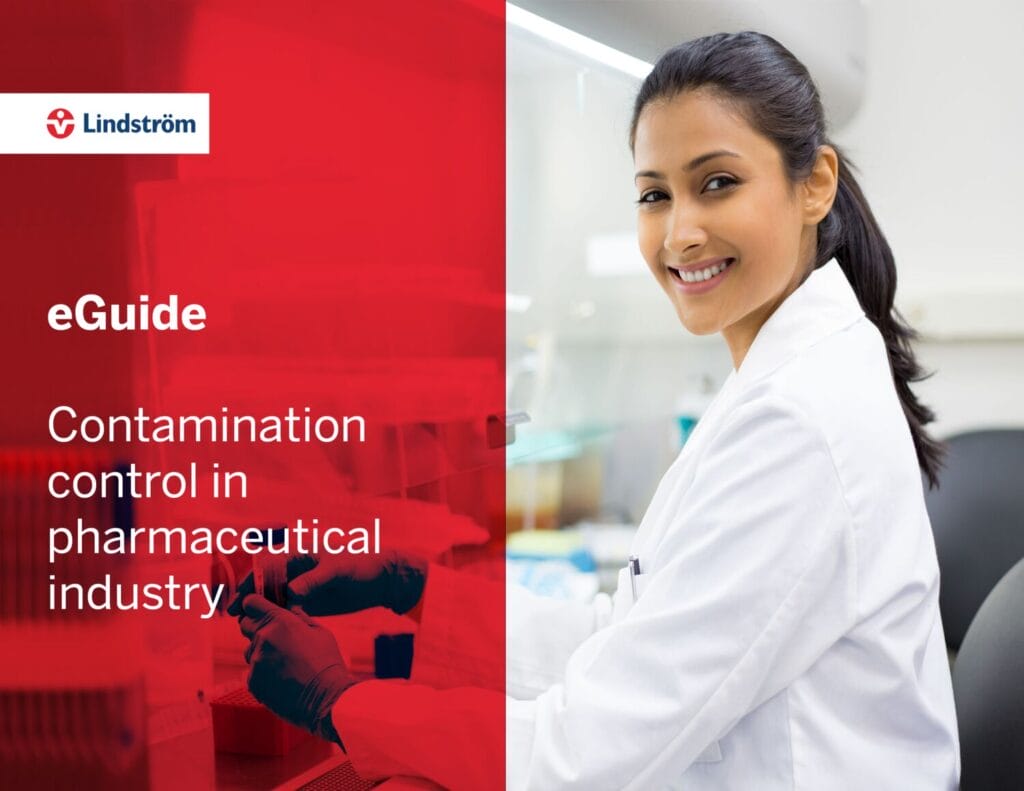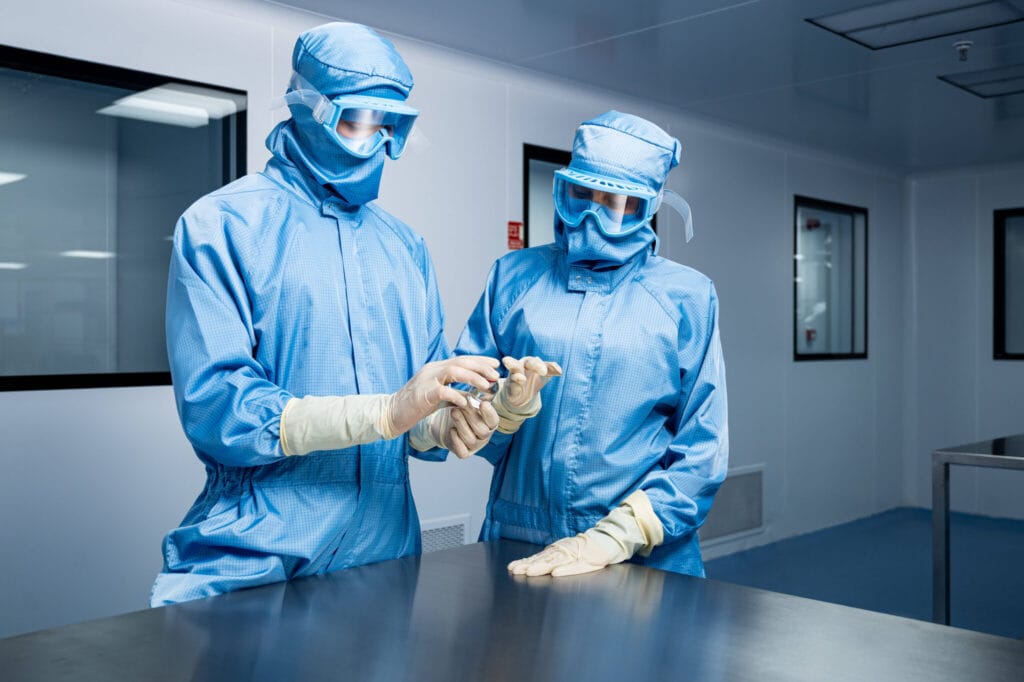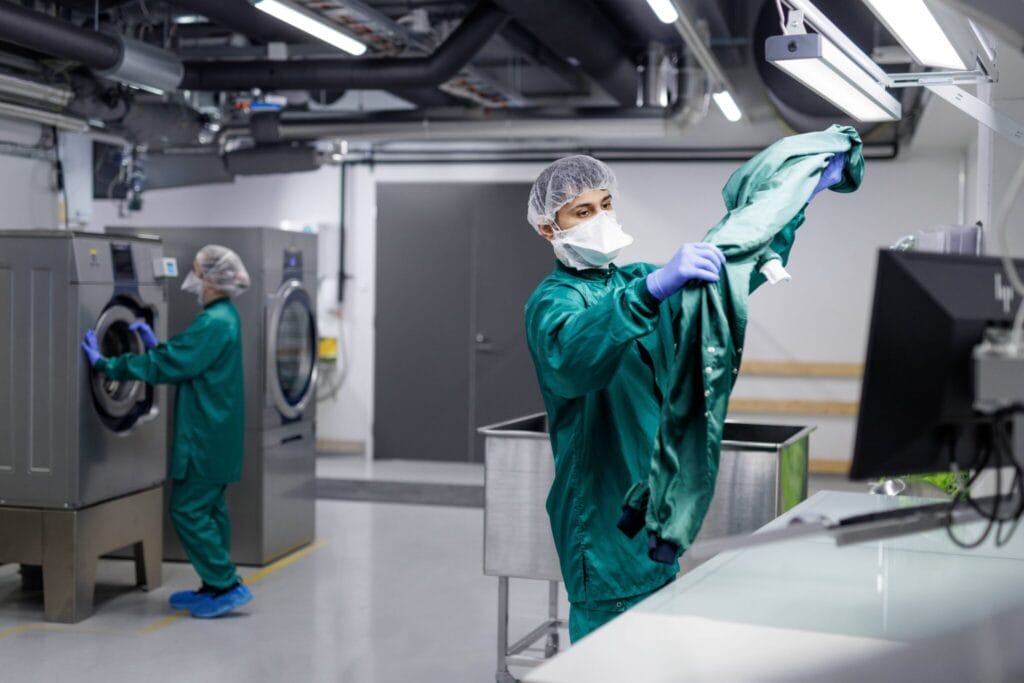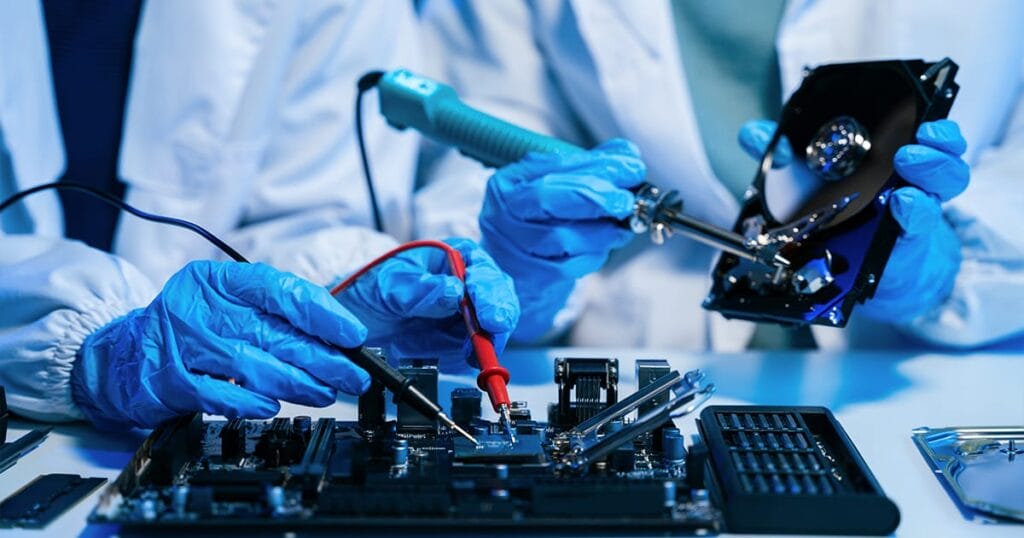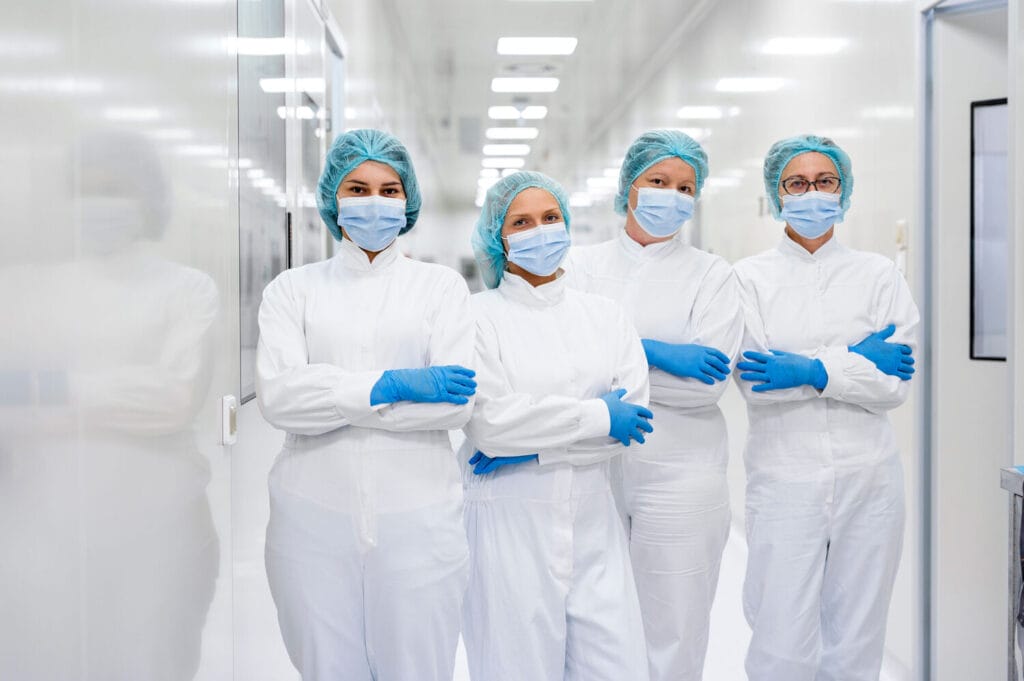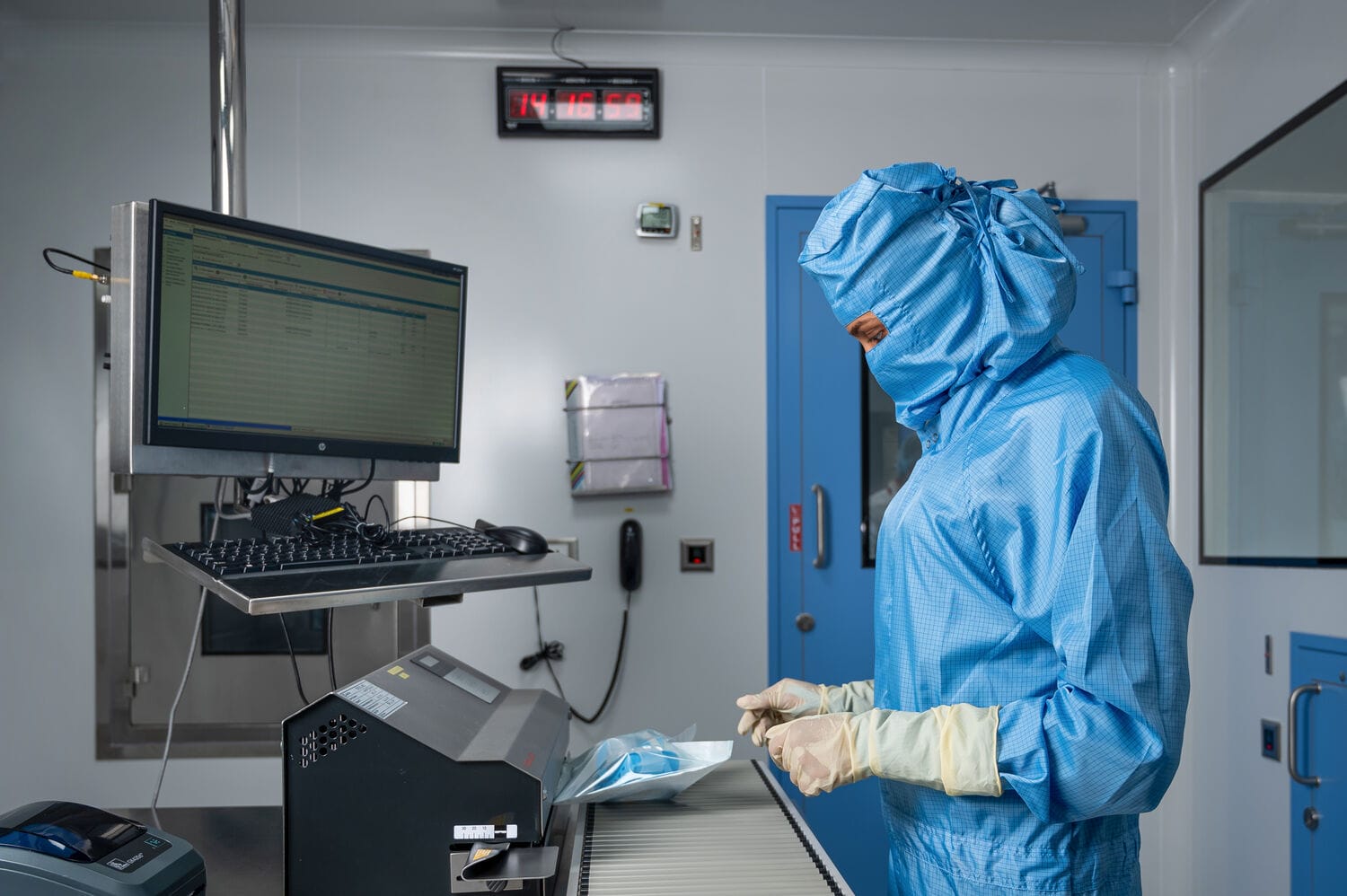
How do cleanroom services adhere to hygiene standards?
Maintaining cleanroom hygiene standards isn’t just a box to tick. It’s at the heart of pharmaceutical manufacturing and high-tech industries where the tiniest particle or microbe can throw everything off balance.
So, how do cleanroom services truly ensure hygiene? And what makes it all work seamlessly day after day? Let’s walk through it together.
Cleanroom hygiene standards in simple terms
Cleanroom hygiene standards define how we manage contamination—from particles to microbes—in controlled environments. They’re shaped by international ISO classifications (like ISO 14644) and Good Manufacturing Practices (GMP), including the updated EU GMP Annex 1.
ISO 14644 focuses on airborne particulate levels. Think of it as the blueprint for air cleanliness, from the ultra-clean ISO Class 1 to the more forgiving Class 9. GMP, particularly relevant for pharmaceuticals, zooms in on product safety. It demands traceability, consistent processes, and yes, impeccable hygiene at every step.
If you’re in pharma, you’ll know that compliance is non-negotiable and involving everything from people and garments, to processes, and the right partners to back you up.
How do cleanroom service partners stay compliant?
At Lindström, we specialise in making compliance easy, reliable and worry-free. Here’s how:
- Validated laundering processes: Our ISO 5 to ISO 8 classified laundries use qualified barrier washers, HEPA-filtered dryers, and unidirectional flows to meet EN 14065 standards. That means you get hygienically clean garments every time.
- Sterilisation options: We provide steam sterilisation where required.
- Full traceability: With our eLindström platform, every garment’s journey—from usage to wash count—is tracked. You’ll always know what’s been used, washed, or needs replacing.
Across the markets that Lindström serve, our cleanroom service teams deliver consistency and local compliance support.
Cleanroom gowns are more than clothing for employees
People are the biggest contamination risk in any cleanroom. That’s why gowning matters. A lot.
Lindström’s cleanroom garments are engineered for protection and tested for:
- Particle and bacterial filtration efficiency
- Electrostatic behaviour
- Tear resistance and breathability
From head-to-toe coveralls to hoods and goggles, we’ve got you (literally) covered. Our design team also considers wearer comfort, since no one does their best work feeling like they’re wrapped in plastic.
Unlike disposables, our reusable garments follow a defined lifecycle, with each piece carefully monitored to ensure it stays within wash and sterilisation limits.
What role does staff training play in maintaining hygiene standards?
No cleanroom hygiene program is complete without trained people. From the moment they gown up to when they handle sensitive materials, personnel must be alert to how their actions impact hygiene.
That’s why we support our customers with onboarding and refresher training that covers:
- Cleanroom behaviour and contamination prevention
- Gowning best practices
- Proper donning and doffing techniques
Employees are taught the importance of maintaining a sterile environment, from entering and exiting the cleanroom to handling materials and equipment. Regular refresher courses and assessments help reinforce these practices, ensuring that staff remain vigilant and competent in maintaining the high standards required in cleanroom operations.
What technologies are used to monitor and improve cleanroom hygiene?
Advanced technologies play a crucial role in maintaining and improving cleanroom hygiene standards. One of the most widely used systems is High-Efficiency Particulate Air (HEPA) filtration, which is designed to remove airborne particles that could compromise product integrity. These filters are an integral part of contamination control, ensuring that cleanroom environments consistently meet stringent air quality requirements.
In addition, real-time environmental monitoring systems are increasingly used to track key parameters such as particle counts, temperature, and relative humidity. These technologies provide continuous data and generate immediate alerts when conditions deviate from defined thresholds. This allows for prompt corrective actions, helping to prevent contamination events before they can impact critical operations. By combining proactive monitoring with validated filtration, cleanroom environments can be kept in a controlled and compliant state at all times.
Why Choose Lindström?
We are a reliable partner in meeting cleanroom hygiene standards and help you stay audit-ready at all times when it comes to cleanroom gowns.
✔ ISO 14644 and GMP-compliant cleanroom laundries
✔ EN 14065 certified processes
✔ Reusable garments with defined, traceable lifecycles
✔ Local presence in 24 countries
✔ Circular textile model
✔ Seamless integration with your operations
When you work with Lindström, you are supported by a partner who understands your cleanroom compliance inside and out.
